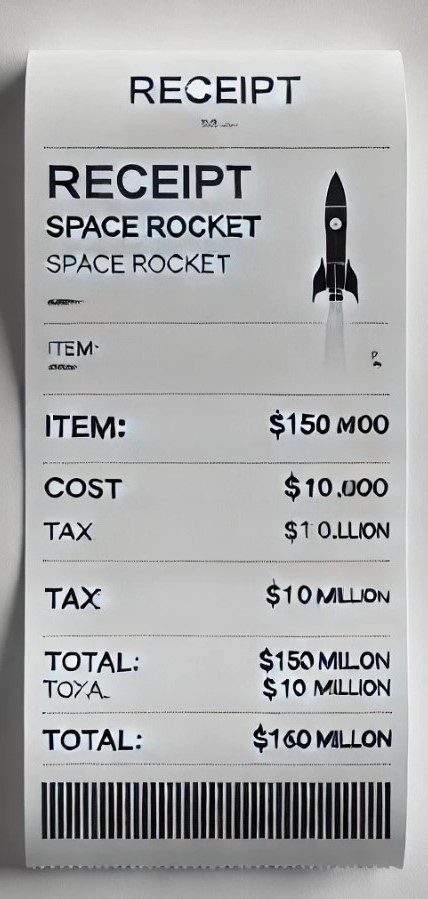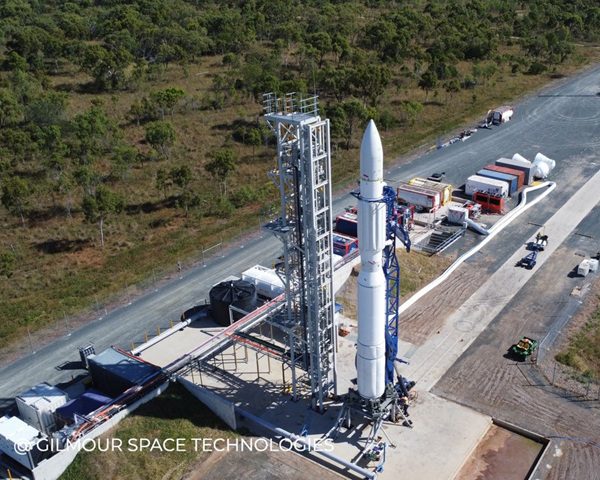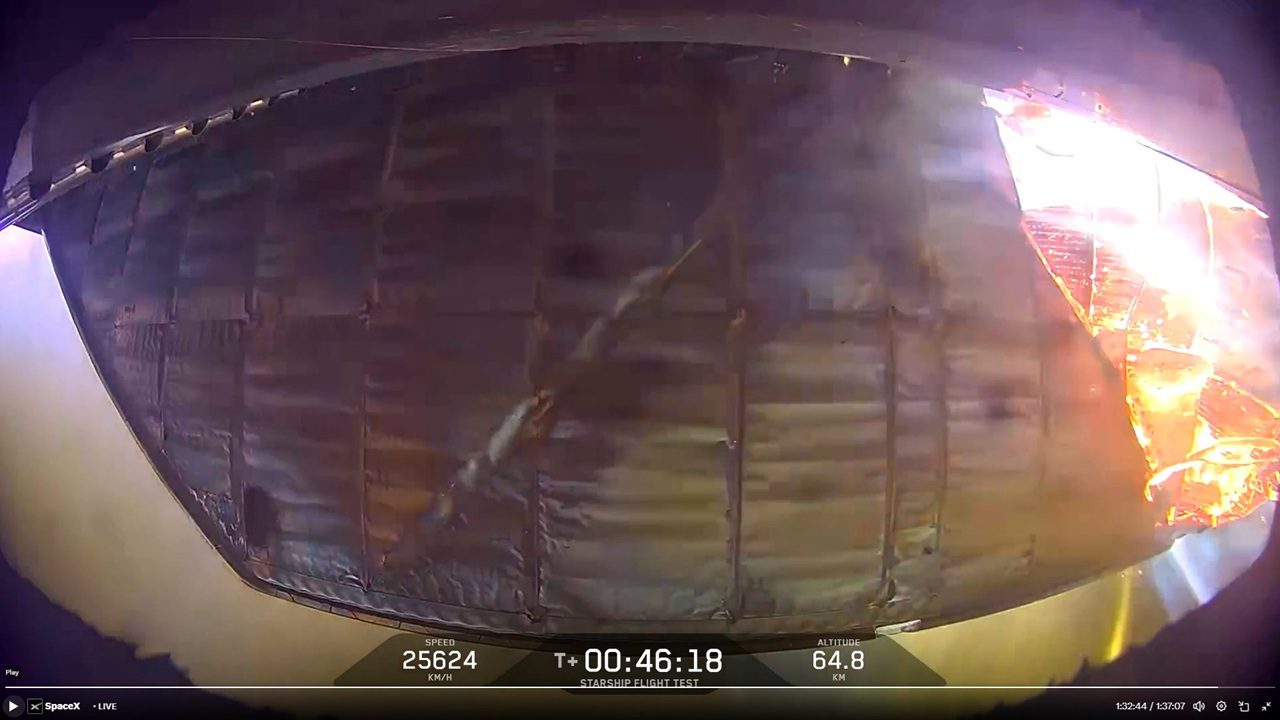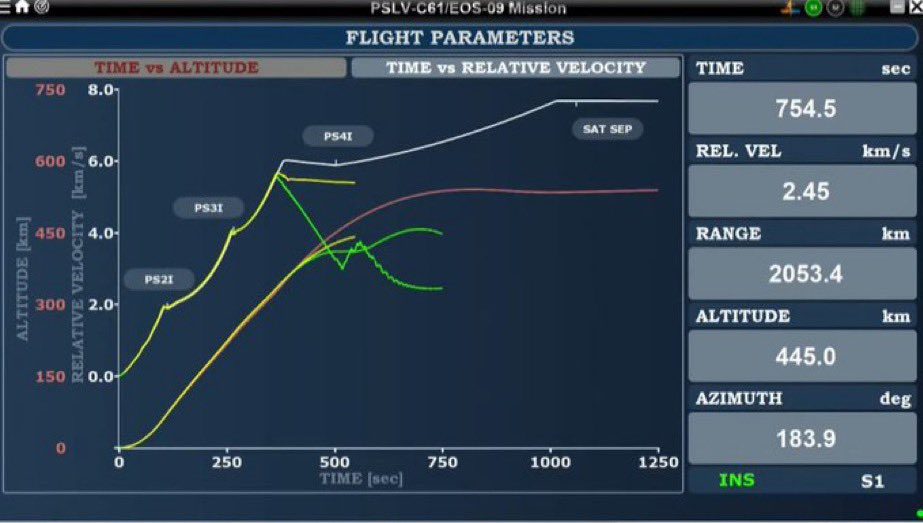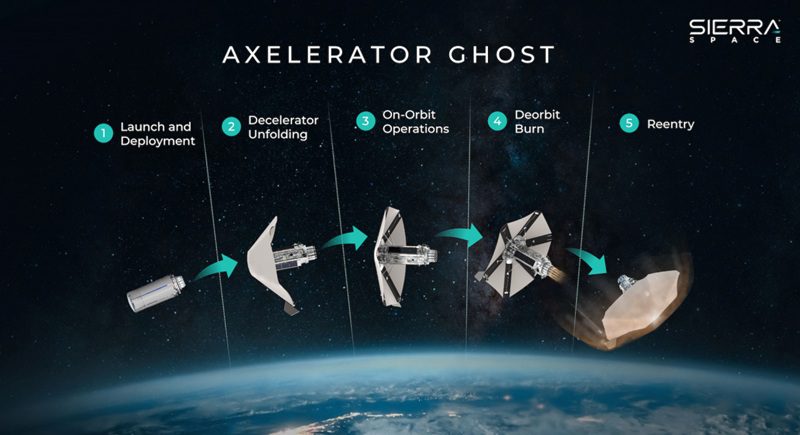After various delays involving a radar station fire and a launch vehicle helium leak, the commercial unmanned space freighter, Dragon CRS 3, was successfully launched at 1915 GMT on 18 April 2014 from Cape Canaveral, Florida, on its mission carrying supplies to the International Space Station. The spacecraft was launched by the two stage Space X Falcon 9 v1.1 launch vehicle on a commercial flight funded by NASA. Aboard the flight were five other smaller cubesat -class spacecraft: ALL-STAR/Theia, Phonesat 2.5, Sporesat, and TSAT (Test Sat Lite) and Kicksat which itself is carrying 104 much smaller and yet to be released Sprite electronic-board based satellites.
Two days later, the Dragon CRS 3 craft performed a laser guided approach and the Dragon cargo-carrying spacecraft was grappled by the ISS robot arm at 1117 GMT on 20 April 2014. It was fully berthed and fastened on the Harmony module at 1407 GMT.
The earlier launch, apart from its primary aim of lofting the Dragon CRS 3 spacecraft, also included a reusable test procedure for the first stage of the launch vehicle in which it made two extra burns: the first to direct the stage to a planned landing/splashdown site in the Atlantic Ocean, and the second made just before touch down to slow the craft down to a gentler splashdown with landing legs deployed. Telemetry indicated that the slowed landing/vertical splashdown occurred as planned though the stage has still yet to be recovered due to rough sea conditions.
The eventual plan is to land the stage onto a solid surface. On going reusable landing tests using full size Falcon 9 launch vehicle first stages are also now underway on land as a follow on to the smaller “Grasshopper” craft landing tests.

